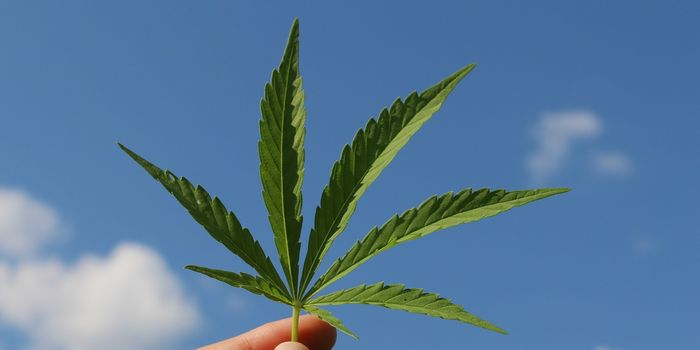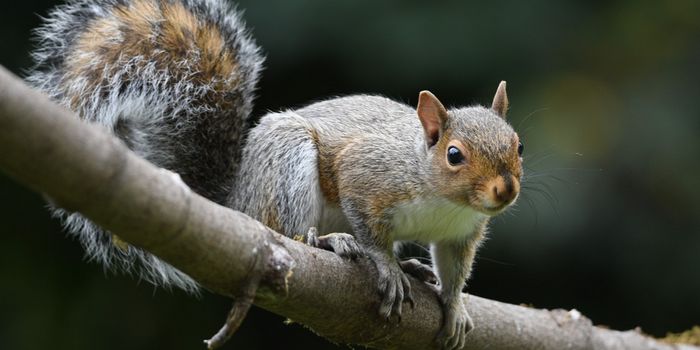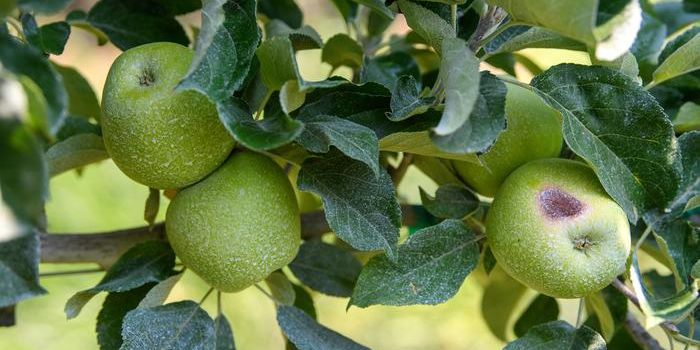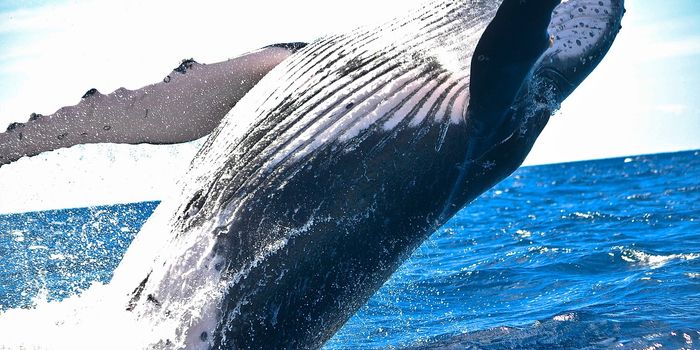High Arctic Polar Bears are Temporarily Benefitting from Climate Change
For the past few decades, polar bears have been harbingers of climate change. However, not every polar bear subpopulation is experiencing or reacting to the changing climate in the same way. According to new research from the University of Washington (UW), a very small subpopulation of polar bears is "temporarily benefitting from climate change." The study was published this week in Global Change Biology.
An article from UW regarding the study reports that 300 to 350 polar bears live in the high arctic region known as Kane Basin, between Ellesmere Island (Canada) and Greenland. According to the study, the bears in this region, representing only 1-2% of the global polar bear population, are doing better now than they were in the 1990s. The study attributes this to increased ecological productivity resulting from thinning and shrinking sea ice, allowing more sunlight to reach the water's surface.
Kristin Laidre, a polar scientist at UW's Applied Physics Laboratory Polar Science Center and the lead study author, warns that these benefits are likely temporary. In the UW article, she said, "Under unmitigated climate change, we expect the Kane Basin bears to run into the same situation as the polar bears in the south—it's just going to happen later." Laidre predicts that this subpopulation of polar bears will be the last to be negatively impacted by climate change.
To obtain the Kane Basin bears' data, the research team used satellite tracking data and physical measurements from 1993-1997 and compared those with 2012-2016. UW reports that the data analysis showed that the body condition improved for all ages of males and females, while the average number of cubs per litter was unchanged. According to UW, another recent study led by Laidre showed that in the Baffin Bay polar bear subpopulation, adult females are thinner and having fewer cubs as their fasting season grows longer.
According to UW, there has been a "profound shift" in sea ice in Kane Basin between the two study periods. In the 1990s, the region was covered in multiyear ice by midsummer. By the 2010s, Kane Basin featured mostly annual ice that melts to expose open water in the summer. Less ice coverage allows more sunlight to reach the water, resulting in more algae growth fueling a rich ecosystem on which these bears can depend.
Laidre clarifies that the High Arctic will not "turn into a haven for polar bears." She stated that "the Arctic Ocean around the North Pole is basically an abyss, with very deep waters that will never be as productive as the shallower waters to the south where most polar bears live." Although this is good news for the Kane Basin bears, "business as usual" climate scenarios remain threats to all polar bear subpopulations.










